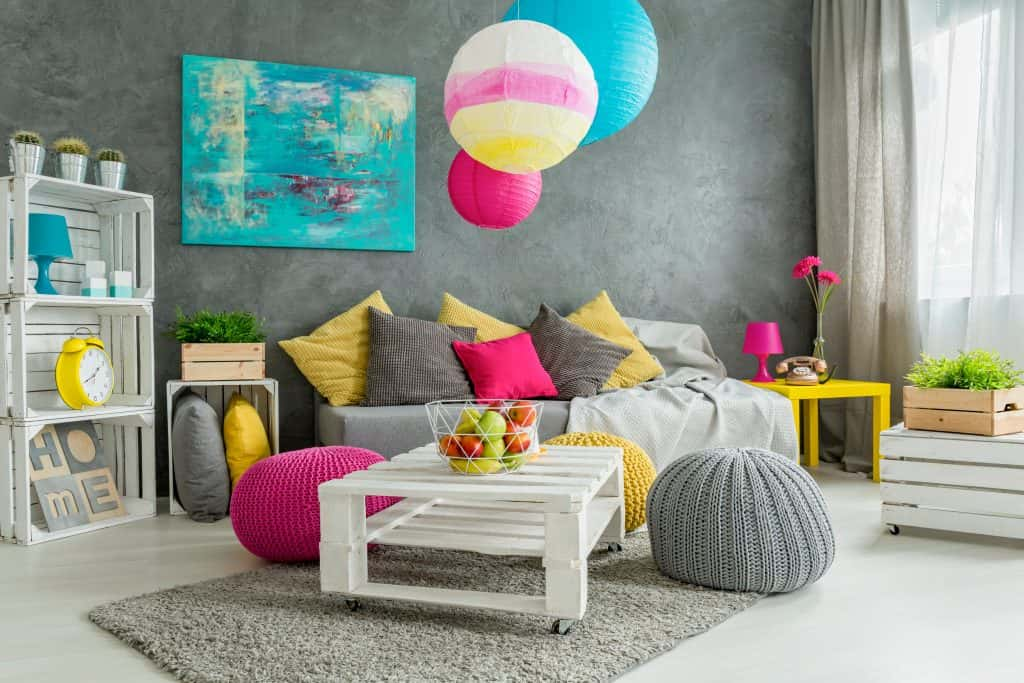When your head is swimming with ideas for your new home’s interiors, figuring out where to start is the hardest part! You may have some existing furnishings that you want to use in your new space. You also may be working on a small budget. While it can all seem very complex, it’s really not! Just keep the basic seven elements of interior design in mind, and you can get off to a good start.
Seven elements of the Interior Design
Here’s the low down on the seven elements that will help you create a beautiful home.
1. Space
The space you have to work with is defined by the dimensions of your room; the length, the width, and the height. Leave some space free for circulation pathways, and work with what’s left. In a small room, the lack of space can be a constricting factor. However, space can be tricky in a room that’s very large as well. The placement of your furniture is crucial. It should clearly delineate activity areas. While you should not overcrowd your room, you must also not leave large pockets of space undefined. Try drawing out a plan to scaled-down dimensions, as it will help to organise your ideas. Even a simple sketch will do.
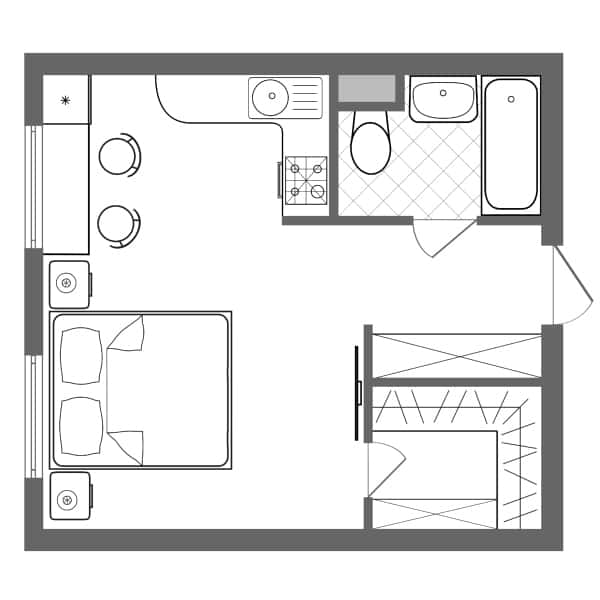
2. Light
After space, light is the most important element of design. Light sets the mood in your room and is also closely associated with functionality. Sunlight streaming in through the windows can make your room airy and bright. You should plan your room such that your work areas are positioned to capture the most natural light, while storage spaces can be in the darkest corner of the room. Subdued lighting in the evening creates a romantic atmosphere. Task lights above your kitchen counter or a bedside reading lamp are essential and functional. Check the lighting layout that your builder gives you and plan to add extra lights wherever needed.
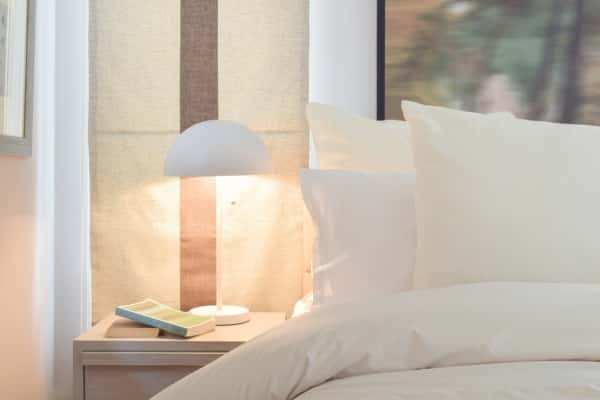
3. Colour
Choose your wall colours carefully as they can have a powerful effect on your mood. Greens and blues are refreshing and cooling—while reds and yellows are vibrant and energetic. A room designed around whites and pastels is peaceful and serene, but greys or blacks can be rather depressing. Blend the colours in each space well, keeping in mind the shades that sing to each other. This is largely a matter of personal preference and the colours you pick should reflect your personality. After all, it’s your home!
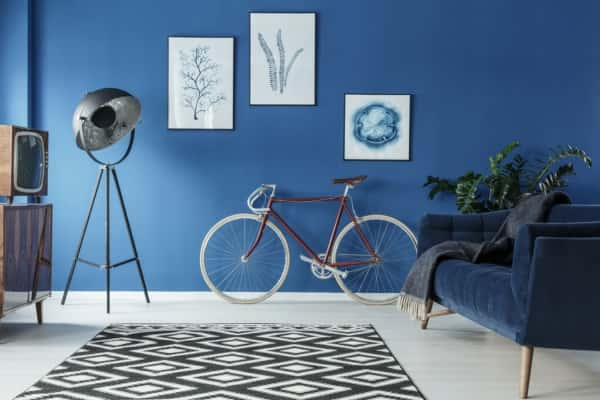
4. Line
When interior designers talk about the ‘lines’ in a room, they are talking about the lines created by your furniture and furnishings. These lines can be straight lines- horizontal, vertical and angled – or curved and flowing. The interplay between these lines underlines the form and shape of your interior. It creates harmony and contrast. Curved lines create a feeling of softness, while straight lines are rigid and unyielding. Every space must have a fine balance of both in order to create comfort
. Do remember that vertical lines add to the illusion of height, while horizontal lines add to the perception of width in a room. Spaces that are strictly functional, like the kitchen and office will typically have lines that are clean, simple and straight; while bedrooms and areas for relaxation will have lines that are curved and flowing.
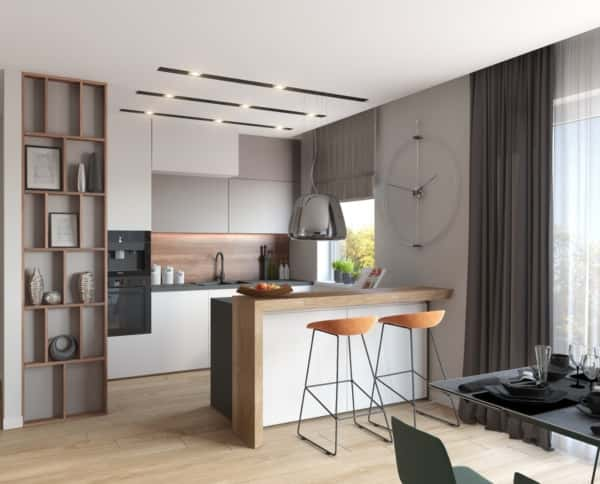
5. Form
Form, or shape, is directly related to line and space. Take a look at the different forms in a room, and how they harmonize with each other. For instance, if you have a long dining table that is rectangular, a beautiful blend of lines and forms can be created by having curved rice-paper lamps above. To create forms that blend well, you should have a clear understanding of the lines within each space.
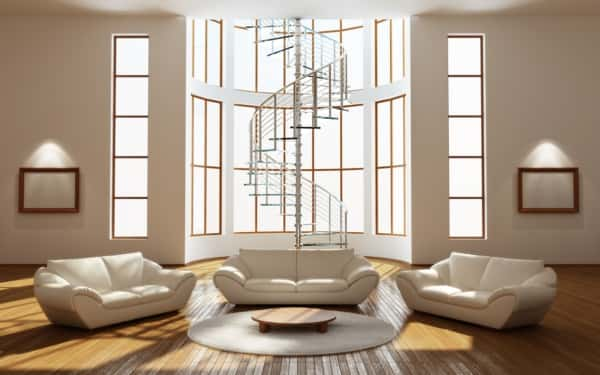
6. Texture
The texture is the feel or appearance of any surface. The textures in your room can vary from smooth and silky (like velvet), coarse and rough( like a shag carpet), or shiny and cold (like steel). Fabrics, furnishings, furniture and accessories all bring different textures into your interiors. Textures, light and colours are closely connected.
For instance, smooth and shiny finishes and light colours tend to bounce light and make a small room appear larger. In a large room, rough textures and dark colours help to downplay the excess light and space. This living room below showcases many different textures and lines to create harmony.
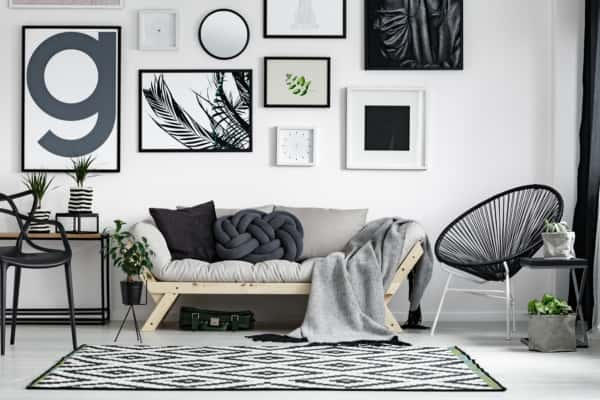
7. Pattern
The vocabulary of good interior design is incomplete without the mention of patterns. Patterns can be a part of the designs in your wallpaper, your area rug underfoot or the material used for your sofa and drapes. The Patterns can be abstract as well, like the interesting patterns created by the interplay of light and shade on your walls and ceiling. Patterns create visual interest and add drama and highlights to any room.
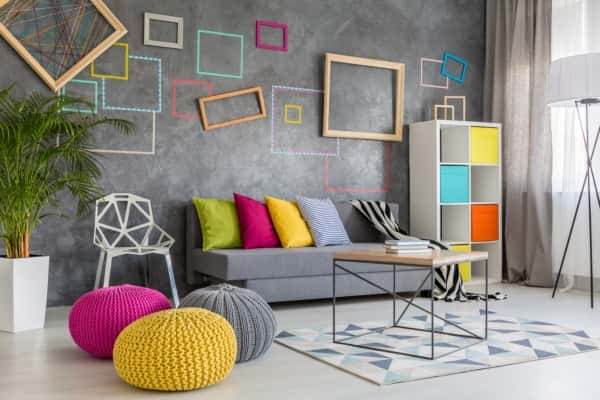
So, there you have it- the seven elements to keep in mind when you work on your home interiors. While there are no hard and fast rules, you will find that keeping these ideas at the back of your mind when you decorate your home will help you to get some truly spectacular results!

